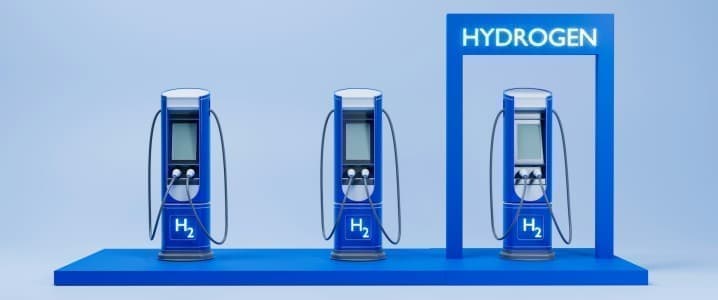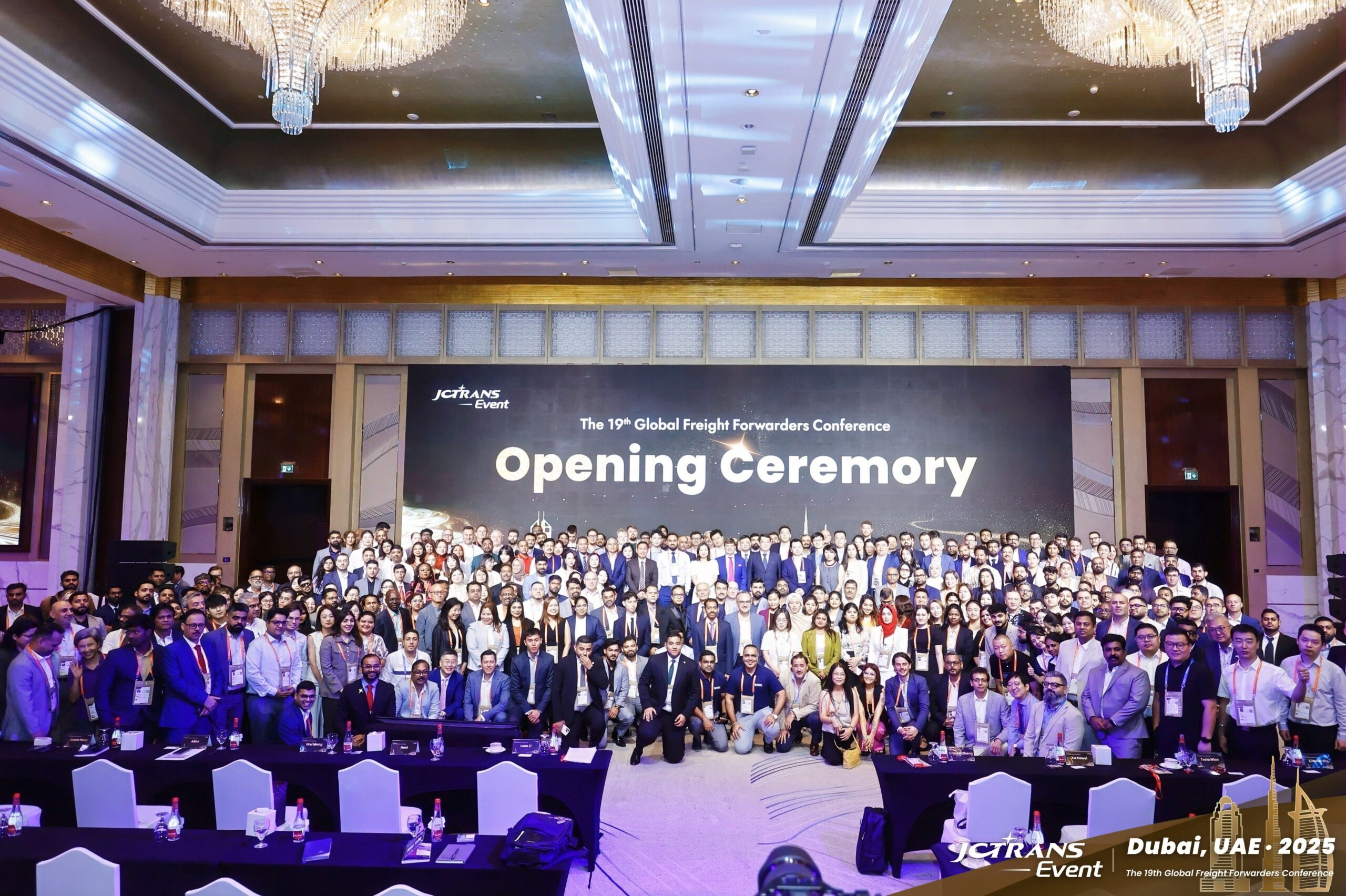Green Hydrogen Initiatives Stall as Costs Rise and Demand Wavers

The momentum behind green hydrogen initiatives is diminishing as start-ups grapple with escalating costs and uncertain market demand. Major energy companies are retreating from multi-billion-dollar projects, shifting their focus back to oil and gas. The low-emissions hydrogen market, particularly the “green” variety produced through electrolysis using renewable energy, currently represents a small fraction of global hydrogen consumption, which remains predominantly reliant on fossil fuels.
Despite the potential of green hydrogen to decarbonize heavy industries such as refining and chemicals, the reality remains stark. Production costs are high, necessitating substantial subsidies and government support to remain viable. The International Energy Agency (IEA) acknowledged in its latest report that the anticipated demand for low-carbon hydrogen is not materializing as expected.
Challenges Facing Green Hydrogen Projects
The IEA noted that “policy measures are still insufficient to create the level of demand needed to scale up production to meet government expectations.” The agency emphasized that stronger government action is essential to stimulate demand for low-emissions hydrogen, which is crucial for attracting investments in supply-side infrastructure.
In 2023, global hydrogen demand increased by 2.5% to reach 97 million tons, driven primarily by the refining and chemicals sectors. The IEA reported that this demand is mostly satisfied by hydrogen derived from unabated fossil fuels. Additionally, the agency highlighted that numerous projects have experienced delays and cancellations, jeopardizing a significant portion of the project pipeline.
Factors contributing to the sluggish uptake of low-carbon hydrogen include unclear demand signals, financing obstacles, regulatory uncertainties, and operational challenges. These hurdles have led to the cancellation of key projects, including a recent initiative by Shell and Equinor focused on low-hydrogen production and transportation in northern Europe.
Impact on Global Projects and Future Plans
The retreat of major energy firms from green hydrogen ventures is evident across several regions, including Australia, Europe, and the United States. In the U.S., changes to tax credits under President Trump’s administration have compounded existing challenges, further complicating the economic feasibility of green hydrogen projects. This has resulted in several initiatives being scrapped or placed on hold.
In Australia, energy and metals group Fortescue is reassessing the timelines for its planned Arizona Hydrogen venture, which aimed to produce liquid green hydrogen. Originally slated to commence production in mid-2026, the project’s future remains uncertain.
Australia’s ambitions for a domestic green hydrogen industry took another hit recently when a major oil and gas company withdrew from its operatorship and majority stake in the Australian Renewable Energy Hub (AREH). This project was considered one of the world’s most promising renewable energy initiatives, with the potential to generate 26 GW from combined solar and wind power at an estimated cost of $36 billion (AUD $55 billion).
Ray Wills, an adjunct professor at the University of Western Australia, noted the project’s vulnerability, stating, “They were particularly looking to produce hydrogen, and that really was the weakness of the project.”
As the green hydrogen sector faces these challenges, it must navigate a landscape where government support remains critical. Without significant policy backing, the dream of a thriving green hydrogen economy may remain just that—a dream.






